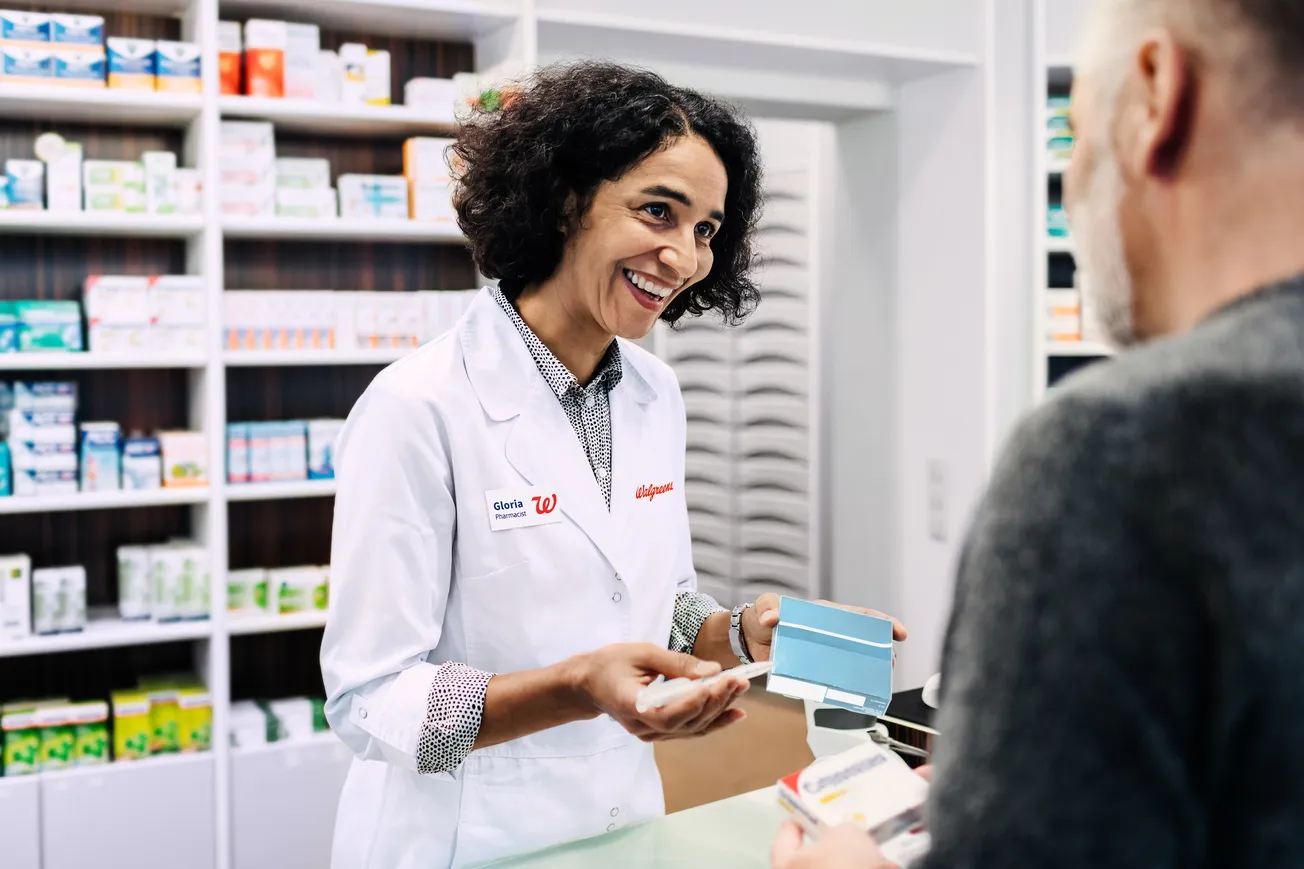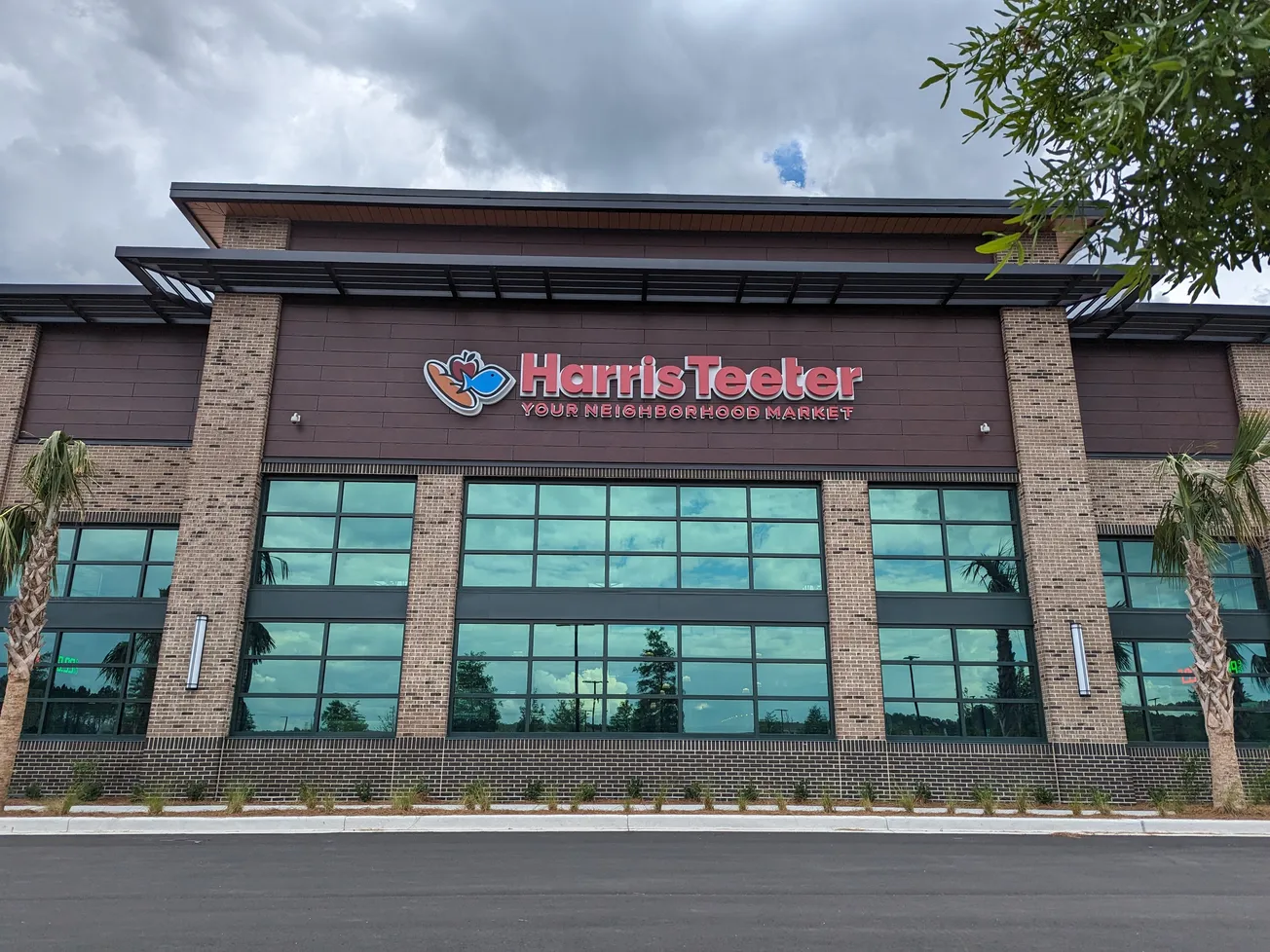The term “disruption” is an exciting prospect in many industries, but for many retail pharmacy professionals the term sparks memories of the grueling conditions at the height of the pandemic, from spikes in demand for drugs and products once readily available to customers queuing out the door waiting for vaccines, tests and treatments and seeking answers.

Heather Zenk
Although the COVID-19 public health emergency is over, the global pharmaceutical supply chain continues to experience historic levels of disruption and change. This instability can threaten retail pharmacies already facing various industry-specific pressures, especially as many continue to adapt their business models to operate more like health care companies than the traditional brick-and-mortar pharmacies of the past.
Now, pressures such as geopolitical issues, manufacturing challenges, inflation, disease outbreaks and regulatory changes are straining every link in the pharmacy supply chain, from manufacturer to patient. Retail pharmacies have little capacity to deal with sustained supply chain challenges and have a vested interest in seeing greater stabilization across the supply chain, which would ensure their patients continue to have the supplies, therapies and care they need — while helping pharmacy employees do their jobs with minimal disruption. Put simply, a supply chain that is healthy and stable enables pharmacists to care for patients and work at the top of their license.
Anticipating and managing supply issues
Retail pharmacies rely on distributors to clear numerous hurdles to prevent interruptions that could harm their business and the people they serve. Much of the important work distributors do takes place behind the scenes, such as managing the ongoing product availability challenges that persist in the U.S. and globally. To anticipate these challenges, distributors do much more than simply transport and deliver products: They play a critical role in making sense of logistical and geopolitical developments that may impact customers’ ability to get the medications they need.
Operating in the current environment requires distributors to adjust — and sometimes transform — operations with unprecedented speed and precision to ensure millions of people continue to get the life-saving medications they need every day.
Global distributors typically serve tens of thousands of retail, chain and independent community pharmacies across the country and maintain a constant focus on ensuring that medications efficiently, reliably and securely reach their destinations every day. This means bringing to bear various skills and expertise to help pharmacy customers scale their operations, make strategic decisions and anticipate impending challenges. For example, at Cencora, our market economics team produces forecasts that help retail pharmacies predict their needs well in advance and delivers solutions that add tremendous value for pharmacies and their patients.
Increasingly, distributors also help their retail pharmacy customers scale or evolve amid market challenges, offering an array of innovative technologies and solutions designed to keep pace with their growth while also improving efficiencies across the entire supply chain.
Global networks delivering better local results
The global reach of today’s leading distributors means they can tap into colleagues across the world for expertise on developing trends, which enables them to adjust distribution models and avoid potential delays in the marketplace that could harm customers. This capability is critical to navigating today’s challenging environment and mitigating shortages.
Extensive data underpins many distributors’ offerings. During the height of the pandemic, Cencora and other distributors worked closely with federal agencies and state governments to coordinate and expedite the delivery of life-saving medications, including vaccines, to meet shifting demands. Because of that, those agencies have a clearer view of how distributors contribute to the supply chain — not just for our delivery capabilities — but also for our data-driven insights. Cencora has since established government partnerships that will benefit retail pharmacies by helping to remove barriers keeping them from accessing the supplies and products they need to serve their customers.
We often hear the phrase “supply chain resilience” tossed around as a panacea for the challenges we’re all facing, but doing this effectively comes down to deploying the right measures at the right time in concrete ways. It entails improving data and information sharing, integration and standardization across the entire supply chain, but it does not stop there. It also means strengthening collaboration and coordination between the government and all participants in the pharmaceutical supply chain while making continuous improvements to customer operations.
Forging the path forward
As we continue to face changes and uncertainties across the health care environment, it will be important for retail pharmacies and distributors to work together to achieve shared goals. Distributors today see themselves as a true extension of their retail pharmacy customers’ teams and work to maintain a deep understanding of their businesses. Distributors also value their customers’ on-the-ground insights and perspectives, which help inform and produce more accurate and effective solutions that ensure more people continue to have access to the medications they need. This collaborative approach isn’t just good for business — it provides real value to the communities we are collectively working to serve in the U.S. and globally, and it’s an essential element of a truly resilient pharmaceutical supply chain.
Heather Zenk is president of U.S. supply chain at Cencora.









